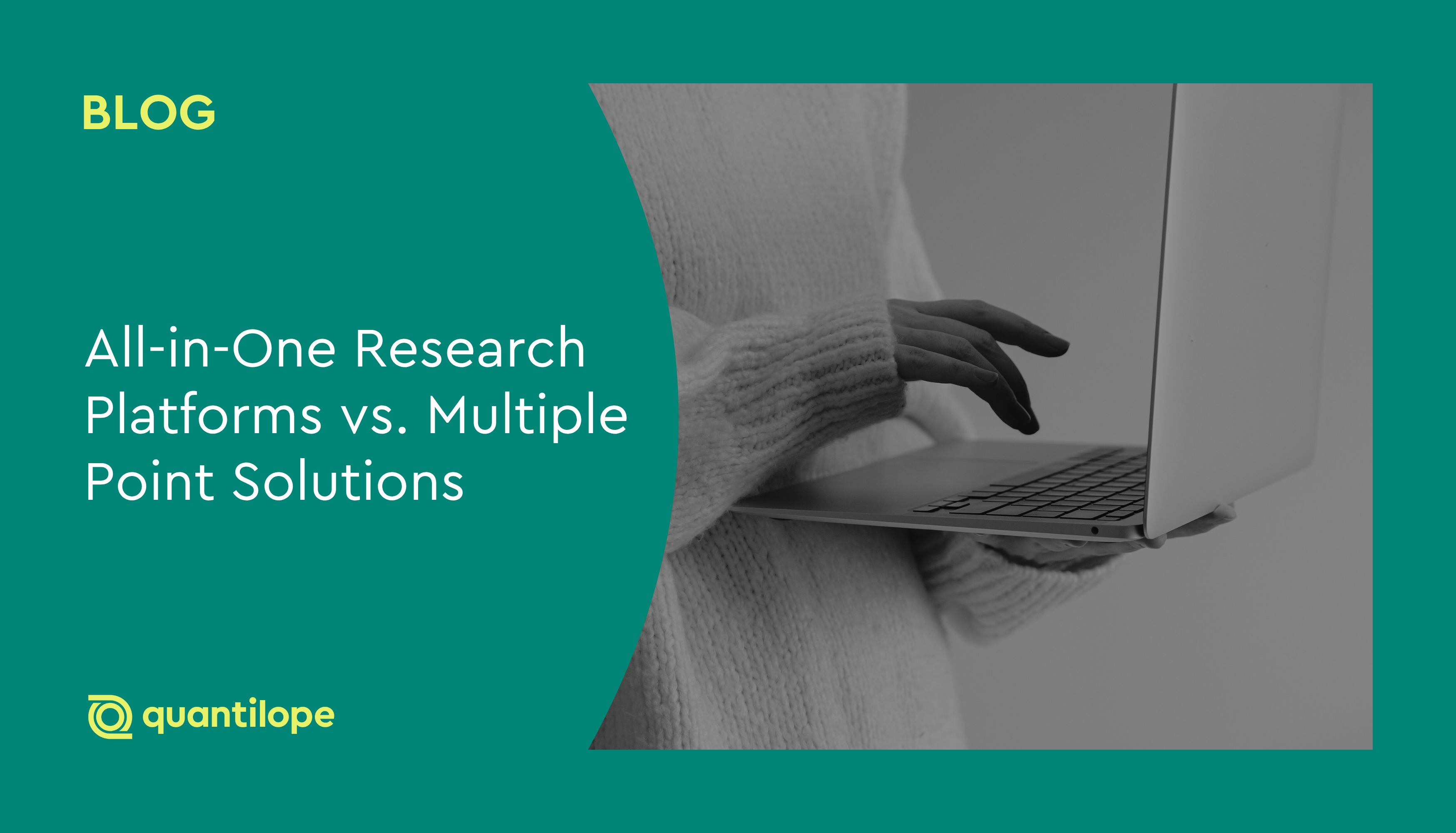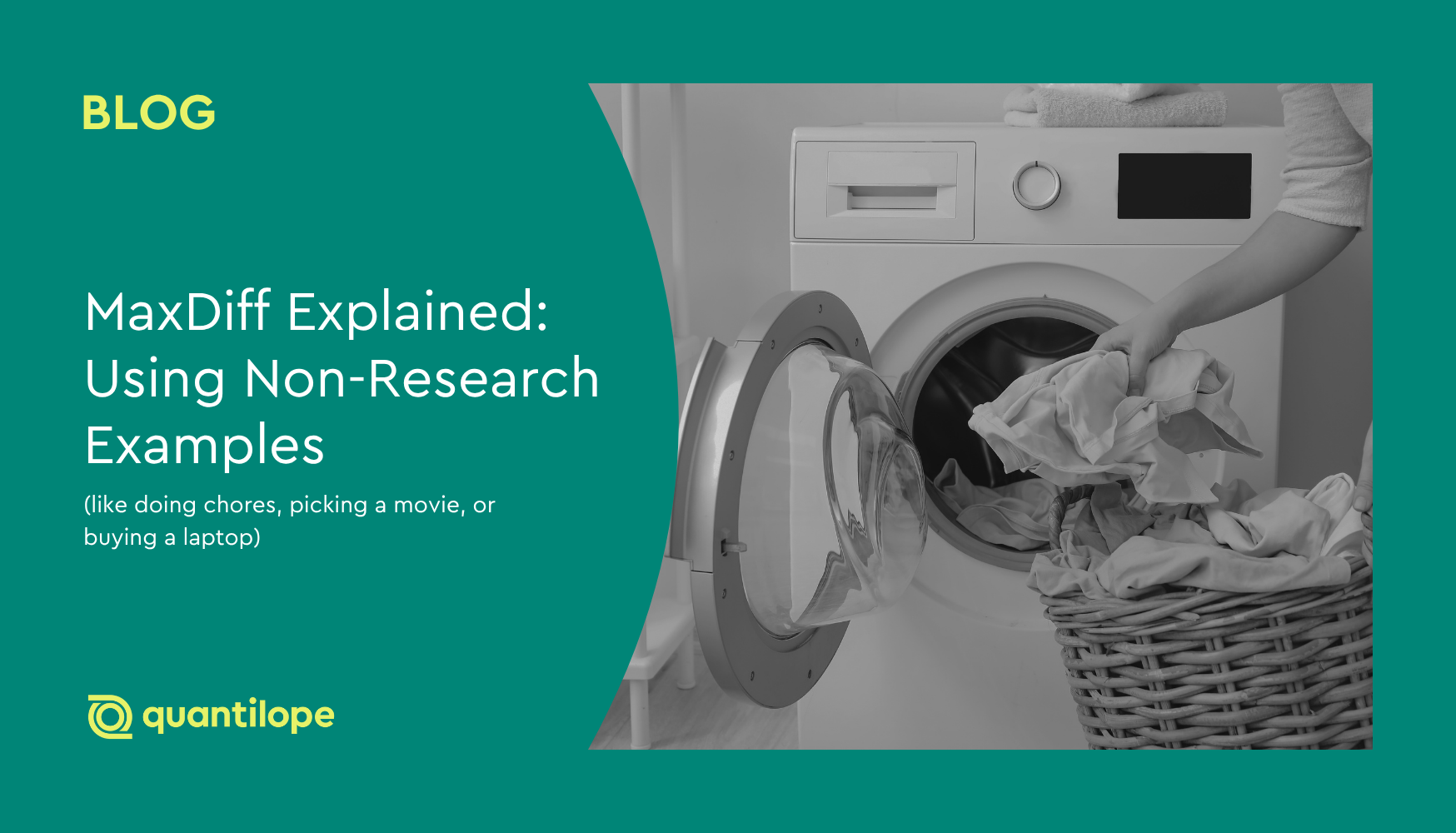Key KPIs to track for your brand
As mentioned above, a key step to building an effective brand tracking dashboard is to define key KPIs you want to track over time. Below are some KPIs to consider:
Brand Awareness
This is a fundamental metric that reflects how familiar your target audience is with your brand, your brand's visibility, and brand recognition in the market. To capture brand awareness, track metrics such as:
- Unaided brand recall: The percentage of people who can recall your brand without any prompts.
- Aided brand recall: The percentage of people who recognize your brand when prompted with a list of brands.
- Social media mentions: The number of times your brand is mentioned on social media platforms.
- Search engine rankings: Your brand's position in search engine results pages (SERPs) for relevant brand keywords.
Brand Equity
Brand equity encompasses the overall value of your brand. It’s the intangible assets associated with your brand, such as brand reputation, customer loyalty, and perceived brand quality. To understand brand equity, monitor metrics like:
- Brand loyalty: The percentage of customers who have a lot of loyalty toward your brand, often driven by sentimental brand connections. They'll consistently gravitate toward your brand over others when given a choice to do so.
- Customer lifetime value: The predicted profitability of a customer over their entire relationship with a company.
- Willingness to pay a premium: The extent to which customers are willing to pay more for your brand compared to competitors. This can be done through pricing research methodologies such as Van Westendorp's Price Sensitivity Meter.
- Brand advocacy: The likelihood of customers recommending your brand to others. This is often measured through Net Promoter Score (NPS) - more on this below.
Customer Satisfaction
Customer satisfaction is a crucial indicator of your brand's ability to meet customer expectations and build long-term relationships. For this KPI, track metrics such as:
- Net Promoter Score (NPS): A measure of customer loyalty and satisfaction based on consumers' likelihood to recommend your brand.
- Customer reviews: Online reviews and ratings on platforms like Google, Yelp, and Amazon.
- Customer churn rate: The percentage of customers who stop doing business with you over a specific period.
- Customer complaints: The number and nature of complaints received from customers.
Market Share
Market share tracks your brand's percentage of the total market. This KPI helps you understand your competitive position and identify opportunities for growth. To capture market share, monitor metrics such as:
- Market share by revenue: Your brand's percentage of total revenue generated in the market.
- Market share by units sold: Your brand's percentage of total units sold in the market.
- Market share by customer base: Your brand's percentage of total customers in the market.
For further context, consider leveraging a Better Brand Health Tracking approach to capture Mental Market Share - the proportion of consumers who think of your particular brand when considering a specific product category.
Brand Sentiment
Brand sentiment involves gauging the emotional tone and opinions expressed about your brand across various channels. To track this KPI, monitor:
- Social media sentiment: The overall positive, negative, or neutral sentiment expressed about your brand on social media.
- Online reviews: Sentiment analysis of online reviews and customer feedback.
- Customer surveys: Sentiment analysis of responses to customer surveys and feedback forms.
- Focus group discussions: This qualitative source of feedback provides detailed and helpful context around brand sentiment and the ‘why’ behind consumer behaviors toward your brand.
- News articles and blog posts: Sentiment analysis of media coverage and online discussions about your brand.
The above KPIs are just general ideas to get you started on your brand tracking setup to generate an actionable brand tracking dashboard. The specific metrics you track and report on will likely depend on your specific business goals, brand size, and budget.
Back to Table of Contents
Benefits of a brand tracking dashboard
Brand tracking dashboards are one of the best resources to understanding and sharing insights across teams. Without the headaches of version control issues and tedious data input, dashboards streamline the reporting process, creating a shorter time to final insights. Below are just a few specific benefits to opting for this type of resource:
- Actionable insights: Brand tracking dashboards provide instantaneous data that can inform your marketing efforts and brand strategy in real-time. By understanding how your brand is performing and how it's perceived, you can identify opportunities to improve your messaging, targeting, and product development before wasting valuable time and budget.
- Benchmark against competitors: Use a brand tracking dashboard to track your brand's performance relative to competitors and identify areas for improvement or differentiation. Seeing all your data (and competitive data) in one interactive spot allows you to easily understand your competitive landscape, identify best practices, and develop strategies that will outperform your rivals.
- Visualize brand data: Dashboards provide clear and concise visualizations of key brand metrics, making it easier to understand complex data and communicate insights to stakeholders. Dashboards go beyond basic bar/column charts to interpret the data in a chart type that best fits the insights (such as spider charts, incremental reach charts, top/bottom charts, and so on).
- Cross-team collaboration: Without having to worry about version control issues of a report document, team members can collaborate on a dashboard in real-time, with any changes automatically reflecting for the other person on their respective screen. The same goes for sharing. Dashboards are easily shareable with a single link, and also update in real time for anyone viewing the resource.
Back to Table of Contents
Tools that help you build brand tracking dashboards
quantilope
quantilope’s end-to-end Consumer Intelligence Platform provides a robust suite of methods and tools specifically designed for brand tracking.
- Why it's great: quantilope automates many aspects of the brand tracking process, from survey creation and data collection, to analysis and dashboard reporting. This allows brands to have agile responses to market changes and frees up time to focus on strategy.
- Features & Benefits: quantilope offers the largest suite of automated, advanced methodologies, advanced analytics capabilities, and customizable dashboards with real-time data updates. These features, along with a user-friendly interface, makes quantilope's platform easily accessible to researchers of any skillset.
- Reasons to consider: For those looking for an all-in-one tool for brand tracking with a strong emphasis on automation and advanced analytics, quantilope is your solution. quantilope is also a great choice for those looking to include modernized brand tracking insights in their dashboards, such as Category Entry Points, Mental Availability metrics, and Mental Advantage analysis - all from quantilope’s Better Brand Health Tracking approach.

Google Trends
Google Trends is a free tool offering basic visualization features for search trends over time.
- Why it's great: Because it’s a free tool, this is a great resource for teams with little to no budget who still want/need to visualize insights around their brand and their industry.
- Features & Benefits: Explore data by region, time period, and category. Compare search terms to see how your brand stacks up against competitors.
- Reasons to consider: A resource for understanding broader trends and the relative popularity of your brand in the digital landscape.
Brand24
This social listening tool offers dashboards to visualize mentions, sentiment, and influencer activity related to your brand, across various online platforms.- Why it's great: Brand24 provides valuable insights into consumer sentiment and identifies potential brand crises early on.
- Features & Benefits: Track mentions of your brand, competitors, and industry keywords. Analyze sentiment and identify influencers.
- Reasons to consider: Good for understanding how your brand is perceived in the social media landscape and how to manage your online reputation.
SimilarWeb
A digital intelligence platform that provides dashboards with visualizations of website traffic, audience demographics, and competitor data.
- Why it's great: SimilarWeb offers a comprehensive view of your brand's online presence and helps you understand how you compare to competitors.
- Features & Benefits: Analyze website traffic sources, audience demographics, and engagement metrics. Benchmark your performance against competitors.
- Reasons to consider: A tool for understanding your online audience and identifying opportunities to improve your digital marketing strategies.
Meltwater
With dashboards as a key component of their platform, Meltwater allows users to visualize media mentions, sentiment, and other key metrics across various media channels, including online news, blogs, and social media.
- Why it's great: Provides a holistic view of your brand's media coverage and helps you understand how your brand is perceived by different audiences.
- Features & Benefits: Track mentions of your brand across different media types. Analyze sentiment and identify key influencers. Generate reports and visualizations to share with stakeholders.
- Reasons to consider: A tool for managing your brand reputation and understanding the impact of your PR and communications efforts.
Back to Table of Contents
Effective brand tracking dashboards with quantilope
quantilope empowers brands to build robust and insightful brand tracking dashboards, regardless of a research team’s level of expertise. With quantilope, researchers can enjoy the following features - all with a click of a button.
- Intuitive user experience: quantilope's user-friendly interface makes it easy to build and manage your brand tracking dashboard, even without technical expertise. It also allows you to collaborate with other team members in real time, without worrying about versions of a dashboard overriding one another.
- Automated data collection and reporting: Streamline your brand tracking process with automated surveys and real-time data updates. This frees up your team to focus on analysis and interpretation rather than manual data entry and report generation.
- Customizable dashboards: Tailor your dashboard to your specific needs and KPIs, ensuring you have access to the most relevant information. Choose from a variety of visualization options and create a dashboard that reflects your brand's unique identity and priorities (colors, logos, images, etc.)
- Advanced analytics and visualizations: Gain a deep dive into your brand performance with advanced analytics and interactive visualizations - even with zero statistical or behavioral science background.
- AI co-pilot assistance: quantilope users have always-on access to the platform’s integrated AI co-pilot, quinn, who can offer instant assistance in generating survey inputs, generating brand tracking chart headlines, and summarizing entire dashboards - all while considering the tone and style already used throughout your project.
For more on brand tracking with quantilope, check out this brand tracking guide or get in touch below!




